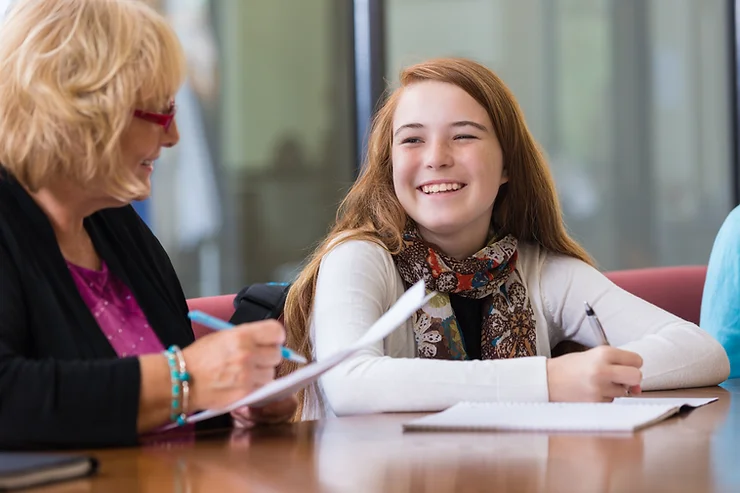Home > Tutoring for Schools > Blog > Low Scores Signal a High Need for Tutors
Blog article
Low Scores Signal a High Need for Tutors
 Ashley Jones | 11 September 2022 | 3 mins
Ashley Jones | 11 September 2022 | 3 minsThe success of American students is slipping. Recent data shows a drop in student test scores across the country. The National Assessment of Educational Progress (NAEP), which evaluates the performance of 4th and 8th graders in all 50 states, found that average 2022 reading and math scores are lower than any scores since 2005. U.S. Secretary of Education Miguel Cardona said these results are “appalling and unacceptable.”
The NAEP is a highly respected indicator. According to the Carnegie Corporation of New York “the National Assessment of Educational Progress is, and for decades has been, America’s premier gauge of whether its children — all our children — are learning anything in school, whether they’re learning any more today than years ago, and whether the learning gaps among groups of children are narrowing or widening.” NAEP’s 2022 outcomes are a powerful signal that remediation is required.
As educators, what can we do? Where should we start? Struggling students have the greatest need; testing data was dramatically worse for students at the lowest learning levels. For those in the top 90th percentile, 2022 scores did not show a significant change; however, scores dropped 1 point in the 75th percentile, 3 points in the 50th percentile, 5 points in the 25th percentile, and 6 points in the 10th percentile. Instead of showing steady improvement, pupils in the lower percentiles are spiraling downward.
Innovative solutions are already in the works. In January 2022, California established the #CaliforniansForAll College Corps to reduce college debt and give students a way to serve their communities. College Corps fellows will tutor and mentor students in 33 public school districts this year.
Tutoring is a powerful tool for change. Global research center J-PAL used randomized evaluations to determine the most effective means for improving student learning. The center found that tutoring was more effective than other academic interventions and noted that “tutoring consistently led to large improvements in learning outcomes for students.” In addition, J-Pal data showed that tutoring is most effective when offered in small group settings, during school, with regular repetition (three times a week).
Tutorfly, which provides this type of high-dosage tutoring, has found similar results. At the conclusion of a year of small group ELA tutoring, Tutorfly students in one elementary school improved an average of 120% on their iReady exams. That same school, which spent years with a D rating, moved up to a B ranking after a year of high-dosage sessions with Tutorfly as described here: FY-22-Combined-A-F-Public-File-2022-10-31_0-2.
Various grants and scholarships are available to offset the costs of tutoring - institutions can find a plethora of support in the crucial quest to help pupils. Funding is available and impactful; the schools that make these investments see the payoffs in student scores. Because tutoring works. It is effective and, at a time like this, it is essential.